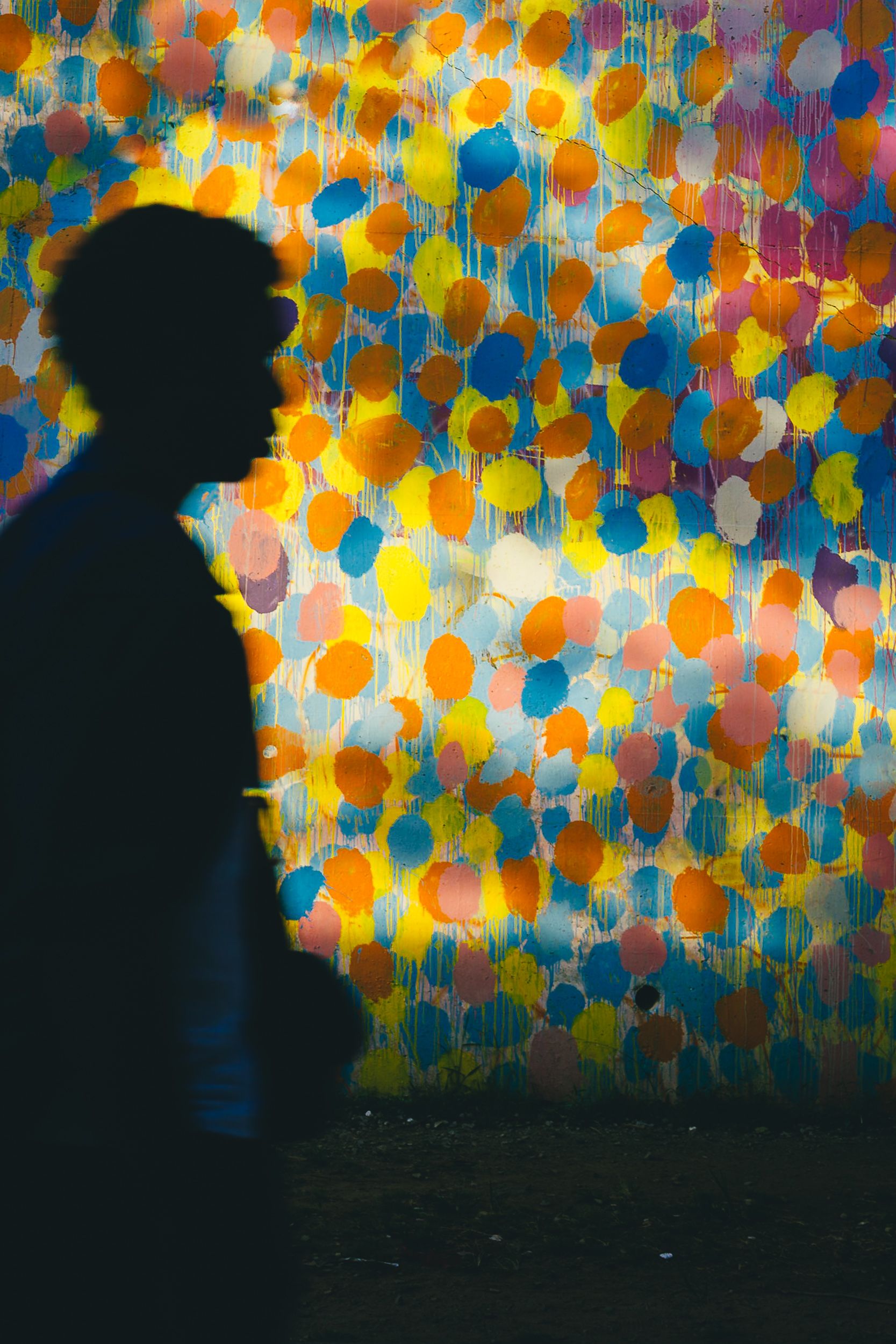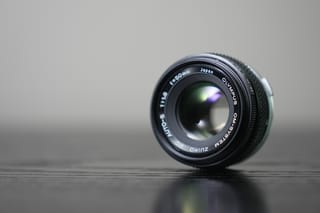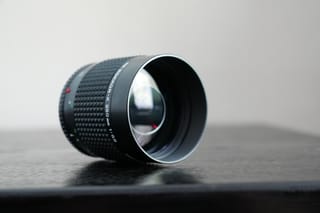
Previously, in this ongoing series on luxury compact fixed-lens cameras, I reviewed the Fujifilm X100F—this time around, I’m going to look at the Sony RX1R.
Before I delve into how this camera handles and my overall shooting experience, let’s do a quick rundown to see if its specs fit the bill.
Is it luxury?
Oh yeah. With its sleek look, distinct features and premium build, the RX1R is marketed towards high-end buyers—and its price certainly reflects that. While it was initially perceived as too pricey when released in 2012, it’s now back within reach—pre-owned models go for less than half of the original price.
Is it compact?
At launch, the RX1R and its sibling, the RX1, were the smallest full-frame cameras on the market. Here we are, six years later, and they still hold that distinction. The RX1R is the perfect size for travel and fits easily in a small camera bag, purse or even a fanny pack, for those with a normcore fashion sense.
Is it fixed-lens?
Sure enough, it is. The Sony RX1R sports a fantastic Zeiss 35mm f/2 Sonnar T* lens. Along with the 24-megapixel full-frame sensor, the lens is one of the biggest selling points of this camera—it’s simply gorgeous glass.
Is it a camera?
Yep. I’d be hard-pressed to say it wasn’t.
Handling the RX1R
I had the RX1R for over a week and I took it with me everywhere. From the start, I wasn’t in love with the ergonomics. While it’s quite a feat that Sony was able to fit such a large sensor in a tiny body, it does come at a price—the body-to-lens ratio is unbalanced and it makes the camera feel a little wonky. It’s hard to get a full five-finger grip on the body, so if you forego a neck strap and opt to hold the camera in your hand for long periods at a time, know that it might not feel that comfortable.
The optional thumb grip gives you a little more to hold on to, but unfortunately Sony took a page from Leica and chose to charge quite a premium for it, along with the rest of the accessories for the RX1R. The leather half-case might be your best investment, as it provides both protection and additional grip. I put a wrist strap on it and when I wasn’t shooting, I put it away in my backpack, which is probably what most casual travel photographers would do.
The RX1R has three rings on the lens, one for focus, the second controls aperture and the third converts the lens to macro mode. They all feel very well-machined and smooth to turn, as does the exposure compensation dial and the on/off switch on top. There are two more customizable thumb wheels on the body to which you can assign shutter speed, ISO or aperture. Overall, all the buttons are where you’d expect them to be and it took me very little time to get used to it.


The shooting experience
There’s no viewfinder on the RX1R, so you have to frame using the back screen, which, for me, isn’t ideal. However, Sony does offer an optional electronic viewfinder that you can mount to the hotshoe, as well as a Zeiss-branded optical viewfinder. I managed to live without either, but I did miss them, especially in the middle of the day when it was bright. Also, I found that framing shots with the camera held away from my face made me feel really awkward, but that might be a personal quirk—if you’re used to shooting with your phone or a point-and-shoot, I’m sure you’ll be fine.
The autofocus works well in good light, but it does tend to hunt a bit in moderate-to-low light. In dim conditions, switching to manual is recommended, and luckily, focus peaking makes it easier to lock onto your subject. The RX1R’s advanced sensor also helps in low light—you can crank the camera to high ISOs and it will only start showing significant noise beyond 6,400. Additionally, there’s built-in optical stabilization, which helps keep your shutter speed up to prevent unwanted blur.

The omission of a low-pass filter on the sensor is what differentiates the RX1R from the RX1 (the added “R” is for “Resolution”) and the camera does indeed render quite a lot of detail. This makes it ideal for capturing landscapes or any application where you might want to make larger prints. You can process the heck out of the 14-bit RAW files, and the colors look pretty good, despite Sony’s wobbly reputation in that respect.
35mm is a classic look and even if you’re used to using a zoom, you’ll probably acclimate to it pretty quickly. At this focal length, subjects look natural and proportioned, with enough frame left over to properly set the scene. This makes it ideal for street photography, reportage or documentary work. The Zeiss lens is sharp, renders colors really well and whips up some creamy, smooth bokeh at f/2.


Admittedly, the battery life isn’t great, especially if you’re going to shoot video with it—which it does pretty well, by the way. I wish Sony had opted to use a larger battery, but it’s understandable that they wanted to save room. Accordingly, you might want to pick up a few extra batteries.
The lens hood isn’t included, so if you want one, it’ll cost you. It does sport a high-quality metal construction though, and it makes the camera look good to boot. I will say that I didn’t really notice any excessive flaring even when shooting directly into the sun, so you may not really need one.
Final thoughts
The Sony RX1R is an excellent camera, delivering full-frame image quality in a tiny package. While its ergonomics are not perfect and the autofocus isn’t as snappy as the latest Sony cameras, it’s still a remarkable piece of gear that would impress most people. Even if you only use it occasionally, the value you get for the money here is tremendous, especially since prices have come down a bit.

Ultimately, I see the RX1R as a great choice for photographers who want a smaller option than a full-frame DSLR, but don’t want to make sacrifices in image quality. It’s an ideal travel camera, great for capturing detailed landscapes and quite capable on the street as well. I look forward to reviewing its 48-megapixel successor, the RX1R II, sometime soon.





